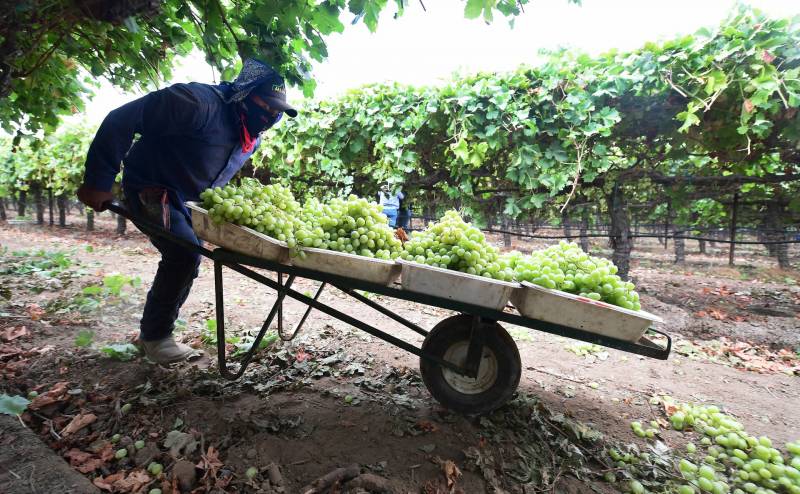“We are pleased that the federal court overturned the Trump Administration’s regulation that would have frozen wages for U.S. and foreign farmworkers at employers that use the H-2A agricultural guestworker program,” said Bruce Goldstein, president of Farmworker Justice in Washington, D.C., in an email statement to The Fresno Bee.
Advocates credit lawsuit for wage increase
Starting in April 2020, the Trump administration announced that it was considering reduced wages for guest farmworkers as a way to help farmers who saw their businesses disrupted during the pandemic shutdown.
Then, in November 2020, the administration formally announced the freeze, which was celebrated by top agricultural officials.
The ruling would have locked in the 2019 minimum wage that employers must pay foreign agricultural workers with H-2A visas and was estimated to save farmers and growers an estimated $1.6 billion in labor costs over 10 years.
Advocates said the wage freeze was unfair since farmworkers, who were declared essential workers during the pandemic, were putting their lives on the line to work. Growers said the wage freeze was essential to keep farms operating and grocery stores stocked as the pandemic shutdowns disrupted the food supply chain.
But Farmworker Justice and its co-counsel, on behalf of the United Farm Workers union and the UFW Foundation, won an injunction in late December to stop the freeze, arguing that farmworkers already lived on low incomes. The group has been critical of the H-2A program, saying the program fails both U.S. and foreign workers.
In a related case, the UFW and the UFW Foundation sued the Department of Agriculture last fall to reverse a Sept. 30 order from the USDA halting the government’s collection of farmworker data that helps determine wages and eligibility for family assistance programs. The union argued that wages for guest workers would drop sharply without the data collection, because the Department of Labor would not have data to establish new wage rates other than state minimum wages.
How much of a pay increase will California’s guest workers get?
The exact number of farmworkers who will see wage increases is estimated to be in the tens of thousands. However, something called the adverse effect wage rate, or AEWR, applies to both H-2A workers and U.S. workers at employers that use the H-2A program, said Goldstein.
In California, there are over 30,000 certified H-2A positions, according to data from the Department of Labor, which accounts for over 10.2% of all total certified H-2A positions countrywide.
